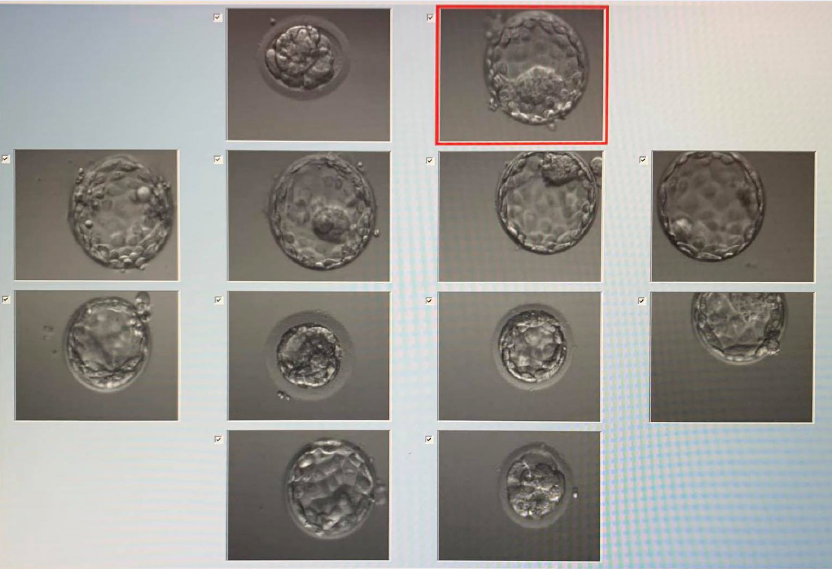Morphokinetic parameters comparison between euploid and aneuploid blastocysts
DOI:
https://doi.org/10.15419/bmrat.v8i5.671Keywords:
aneuploidy, morphokinetic parameters, PGT-A, time-lapse systemAbstract
Background: Pre-implantation genetic testing for aneuploidy (PGT-A) has been using for years in embryoselection. However, this is an invasive method and may cause harm to the embryos. Therefore, time-lapse monitoring has been thought to be an alternative approach for embryo selection due to its efficiency. Up to now, several studies were investigating the relationship between the morphokinetic parameters and the embryo ploidy. However, the results are not consistent. This study aims to evaluate the correlation between morphokinetic parameters and PGT-A results.
Methods: This retrospective cohort study was conducted at IVFMD Phu Nhuan, My Duc Phu Nhuan Hospital, between September 2018 and June 2019. Patients undergoing PGT-A due to advanced maternal age, repeated implantation failure or recurrent miscarriage and having embryo cultured under time-lapse monitoring were included. Patients with the re-thawing embryo for PGT-A were not eligible. The time from insemination to the pronuclear appearing (tPN), the onset of two to eight-cell divisions (t2 to t8) and the duration of the second cell cycle (cc2, t3-t2) were observed.
Results: There were 39 patients included in the study, with mean age of 36.4 +/- 5.7 years. A total of 110 blastocysts were biopsied. Amongst them, 63 embryos (57.3%) were euploidy (group 1), and 47 embryos (42.7%) were aneuploidy (group 2). There was no significant difference between euploid, and aneuploid embryos regarding all morphokinetic parameters, including tPN, t2, t3, t4, t5, cc2, and t8 (7.2 +/- 1.5 hours vs. 7.4 +/- 1.6 hours; 25.0 +/- 2.8 hours vs. 25.6 +/- 3.2 hours; 35.8 +/- 3.6 hours vs. 36.9 +/- 3.3 hours; 37.5 +/- 4.4 hours vs. 38.3 +/- 4.3 hours; 49.2 +/- 5.52 hours vs. 49.9 +/- 6.2 hours; 10.7 +/- 2.6 hours vs. 11.2 +/- 1.7 hours; and 55.7 +/- 6.4 hours vs. 58.1 +/- 7.4 hours, respectively).
Conclusion: In this study, we found no difference in the morphokinetic parameters between euploid and aneuploid embryos.

Downloads
Published
Issue
Section
License
Copyright The Author(s) 2017. This article is published with open access by BioMedPress. This article is distributed under the terms of the Creative Commons Attribution License (CC-BY 4.0) which permits any use, distribution, and reproduction in any medium, provided the original author(s) and the source are credited.
